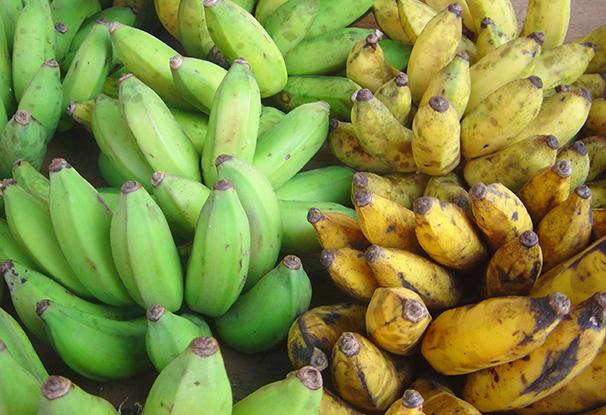
The phrase superfruit is often repeated in health-food circles, but what does it really mean? Here are five lesser-known fruits for those who want to improve their health and longevity.
Star Fruit
Native to Southeast Asia, the star fruit is yellow with a star-like shape that gives the superfruit its name. The star fruit does not need to be peeled, but its seeds should be removed. A large piece of the fruit contains under 40 calories and up to three grams of dietary fiber. To top off the benefits, the star fruit is also packed with vitamin C, which is useful in boosting one’s antioxidant levels to prevent diseases.
Black Sapote
Also known as chocolate pudding fruit and black persimmon, black sapote tastes like chocolate when it is ripe. As if that does not grab one’s attention enough, the fruit, native to Mexico and Central America, is packed with vitamin C, iron and potassium. The fruit is the size of a fist, and the inner pulp is very dark with a soft custard texture.
Plantains
Plantains can easily be found in farmer’s markets and as a side dish at many eateries throughout New York City. Plantains are bigger bananas, but with a different coloration and decidedly much sweeter. They have higher concentrations of vitamin A, which is beneficial for skin and immune system maintenance, and vitamin C, as well as larger concentrations of potassium. They do, however, need to be cooked, typically sautéed, before eating.
Dragon Fruit
Dragon fruit comes from a variation of cactus and can range in color from red to pink. The fruit is low in calories and good for the nervous and cardiovascular systems. It is high in vitamin C, fiber and calcium. To eat, the fruit should be cut down the center and and the pulp scooped out. The skin is not edible.
Longan
Most people are aware of lychee, a favorite exotic frozen yogurt topping, but its relative, the longan, contains more nutritional punch than its brightly colored counterpart. The longan, native to southern China, is similar in size to a grape and is a good source of vitamin C at an oddly sweet 2 calories per piece. The fruit has a musky rind that needs to be opened, but it has a softer sweetness, like a hybrid between a grape and a pear.
A version of this article appeared in the Tuesday, April 8th print edition. Nikolas Reda-Castelao is a contributing writer. Email him at [email protected].











































































































































